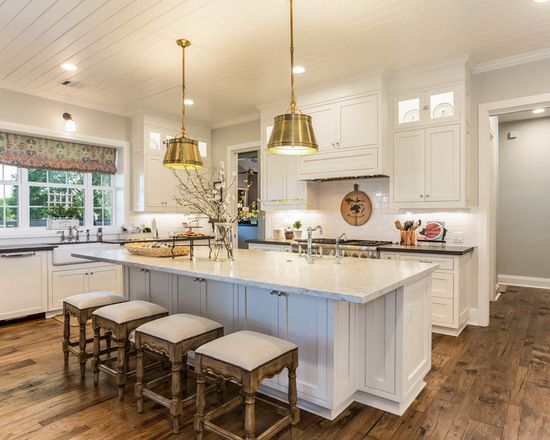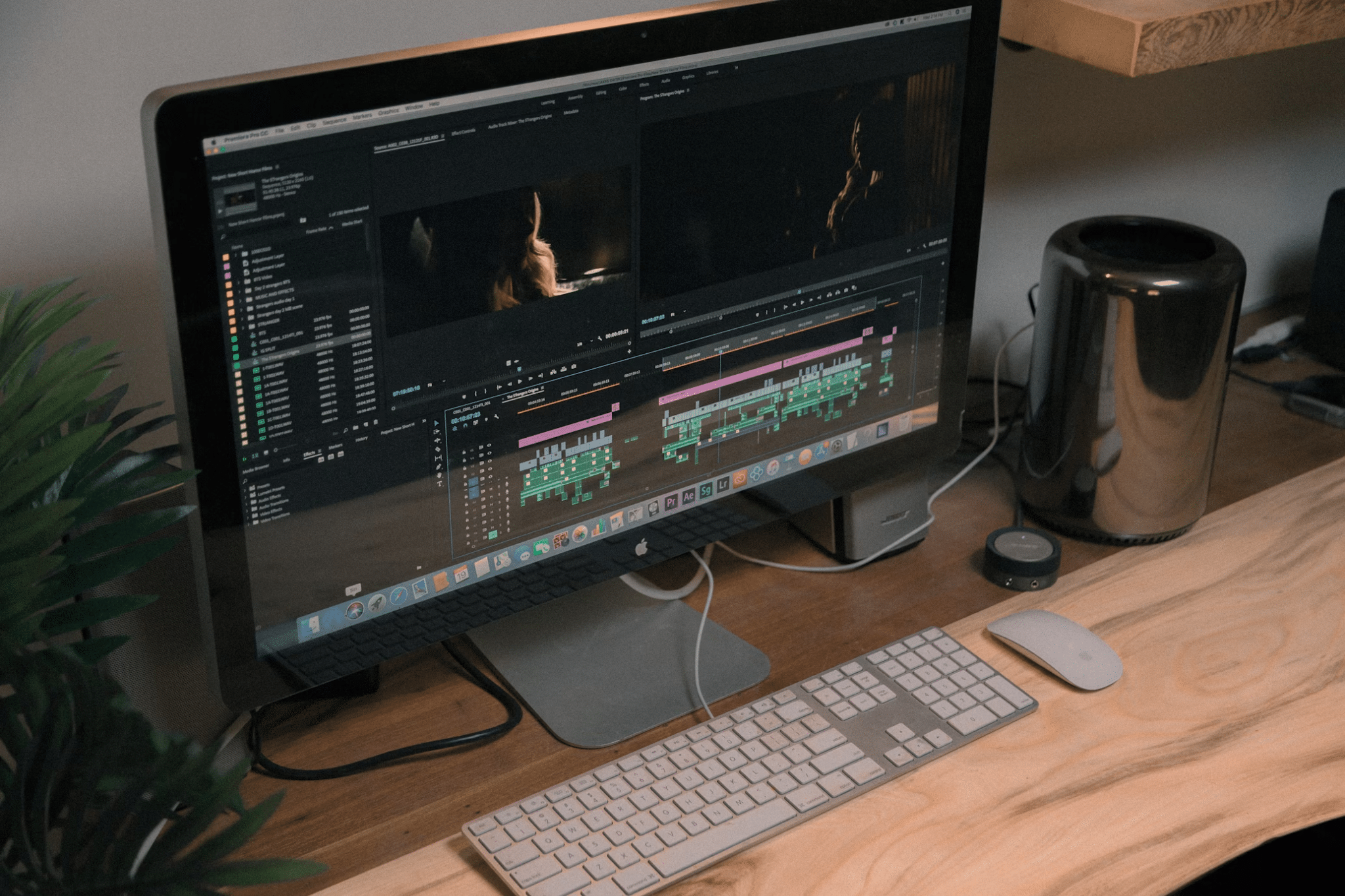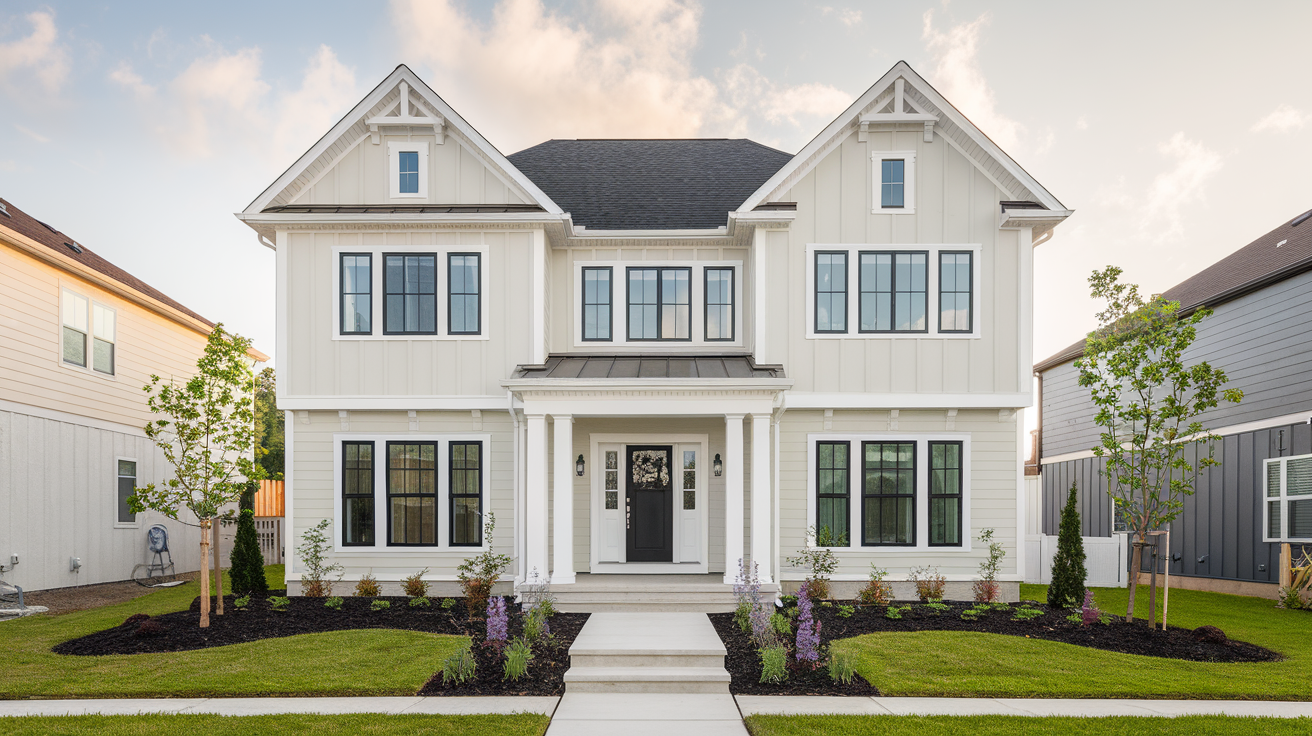Creating Healing Environments: The Role of Blinds in Healthcare Design
In the realm of healthcare design, every element counts towards creating a space that promotes healing and wellbeing. Among the often-overlooked components are blinds, which play a crucial role in enhancing patient recovery, privacy, and comfort.
The selection of the right blinds can transform a clinical setting into a sanctuary that supports health and recovery.
The Importance of Natural Light
Natural light is a vital factor in healthcare settings for both patients and staff. It helps regulate biological rhythms, reduces depression, and speeds up recovery.
However, managing sunlight exposure to ensure it is beneficial and not disruptive requires careful consideration.
This is where the role of blinds becomes significant. They allow for the control of natural light, enabling the creation of an environment that harnesses its healing potential without the drawbacks of glare and overheating.
Enhancing Patient Privacy and Comfort
Privacy is a fundamental concern in hospitals and clinics. Patients often feel vulnerable during their stay, and ensuring their space feels secure is crucial.
Blinds play an essential role here by providing a physical barrier that can be adjusted to the needs of the patient.
Whether it’s providing full privacy for a patient undergoing treatment or partial closure to allow some visibility without full exposure, blinds can be adjusted to suit various requirements.
Moreover, the ability to control their environment can significantly enhance a patient’s comfort and sense of autonomy.
Infection Control and Maintenance
Infection control is paramount in healthcare facilities. Traditional curtains have been found to harbour pathogens, which can contribute to hospital-acquired infections.
Modern blind solutions, such as those offered by Yewdale, are designed with hygiene in mind. These types of blinds are made from materials that are easy to clean and disinfect, thus helping to maintain a sterile environment.
Aesthetic Value and Its Psychological Impact
The design and colour of blinds also contribute to the overall aesthetics of a healthcare environment, which can have a significant psychological impact on patients and staff.
The choice of calming colours and textures can create a more welcoming and less institutional atmosphere. Thoughtfully chosen blinds can contribute to a positive environment that reduces stress and anxiety, aiding in the psychological comfort of patients.
Integration with Overall Design
Blinds must be integrated thoughtfully into the overall design of healthcare facilities. This integration involves considering factors such as colour schemes, material durability, and functionality.
The goal is to create a cohesive look that not only serves practical purposes but also contributes to an overall atmosphere of calm and recovery.
In conclusion, blinds are more than just window coverings in the context of healthcare environments. They are integral components of design that contribute significantly to creating healing spaces.
By managing light, ensuring privacy, maintaining sterile conditions, and enhancing the overall aesthetic, blinds can transform healthcare facilities into environments that support recovery and wellbeing.
As design trends continue to evolve, the role of blinds in healthcare settings is set to become even more central, underscoring their importance in the architecture of healing spaces.







